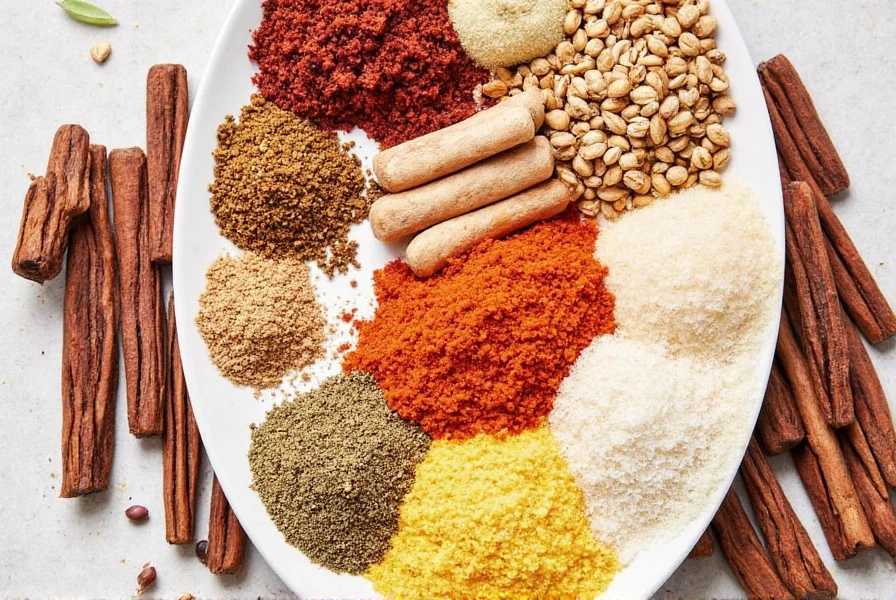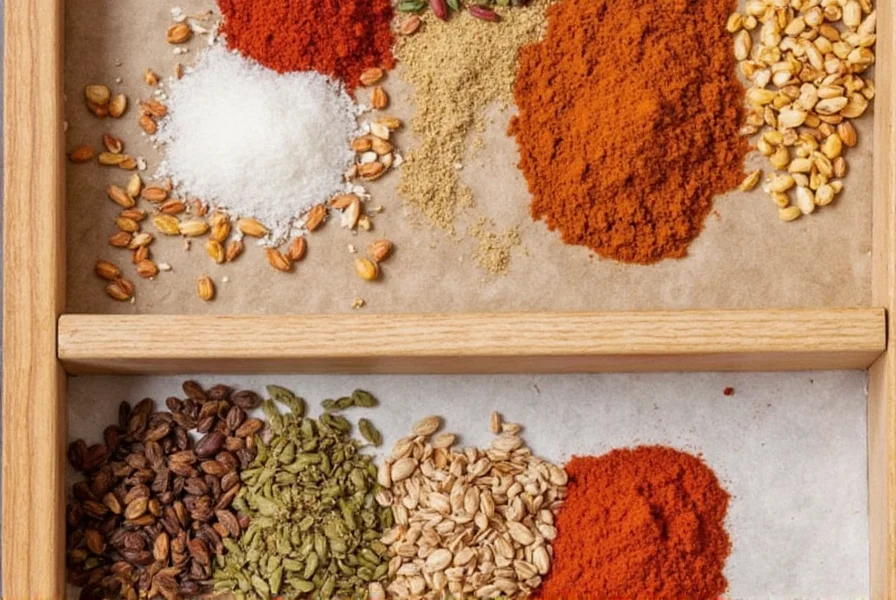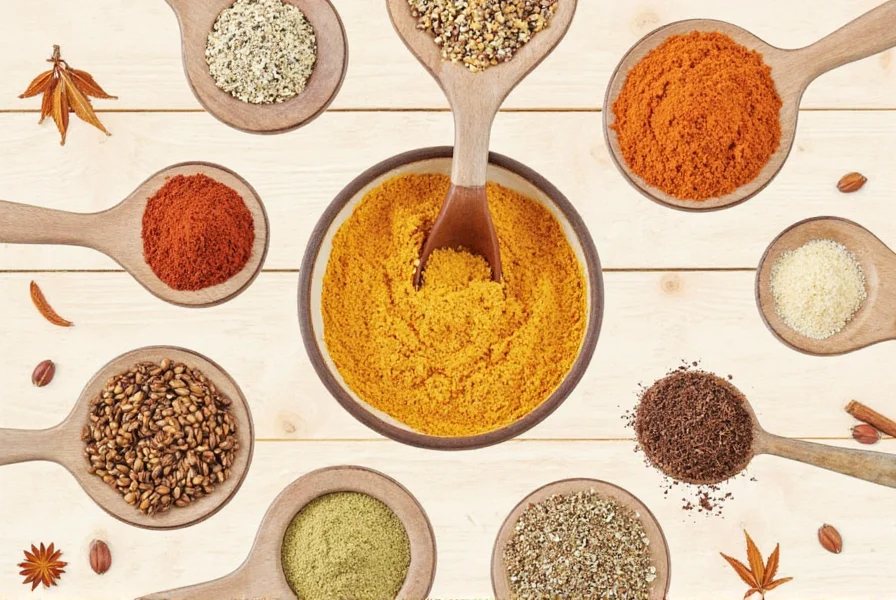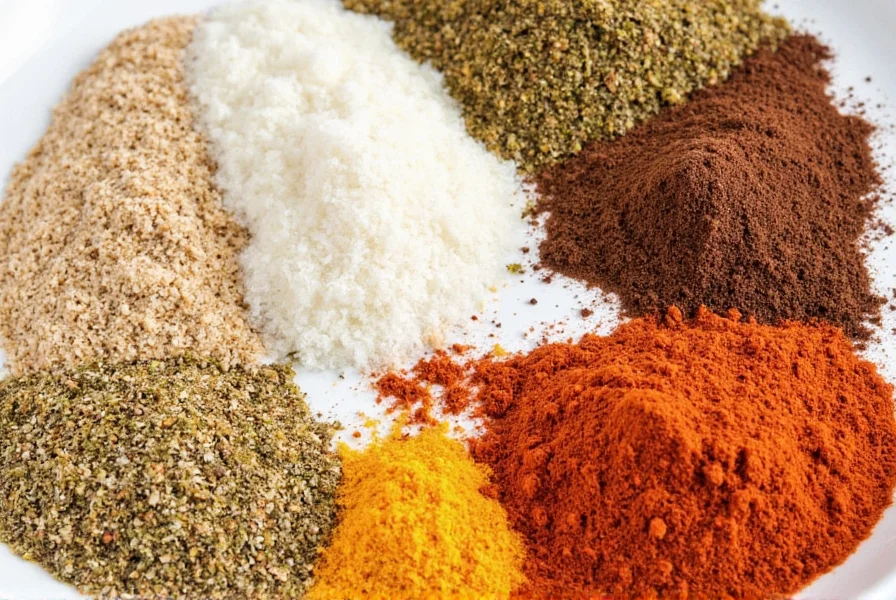Table of Contents
Is MSG Safe?
According to the U.S. Food and Drug Administration (FDA), World Health Organization (WHO), and European Food Safety Authority (EFSA), monosodium glutamate is safe for consumption when used in normal amounts. Extensive scientific research has consistently confirmed MSG's safety, with no credible evidence linking it to adverse health effects in the general population. Major health organizations worldwide affirm that MSG poses no risk when consumed as part of a balanced diet.
Debunking MSG Myths
The myth of "Chinese Restaurant Syndrome"—claiming MSG causes headaches or numbness—has been thoroughly debunked by controlled scientific studies. Double-blind trials show no consistent correlation between MSG consumption and reported symptoms. The FDA classifies MSG as "Generally Recognized As Safe" (GRAS), and the WHO states: "There is no scientific basis for the belief that MSG is harmful when consumed in normal amounts."
Scientific Consensus Evolution Timeline
The understanding of MSG's safety profile has evolved through decades of rigorous research. Below is a verified chronology of key scientific milestones that shaped current regulatory positions:
| Year | Milestone | Scientific Significance | Verification Source |
|---|---|---|---|
| 1969 | Nomura study first suggested potential neurotoxicity in infant mice | Initial concern prompted further investigation, though later disproven in human studies | Journal of Nutrition (1969) |
| 1995 | FDA-commissioned FASEB review of 40+ studies | Concluded no evidence of MSG causing serious adverse reactions; transient symptoms only at >3g doses on empty stomach | FDA Report (1995) |
| 2000 | International Glutamate Technical Committee meta-analysis | Confirmed no causal link between MSG and symptoms across 30 clinical trials with 600+ participants | Journal of Nutrition (2000) |
| 2017 | EFSA re-evaluation establishing 30mg/kg body weight ADI | Modern safety threshold based on latest toxicology data; exceeds typical dietary exposure by 10x | EFSA Journal (2017) |
This evidence-based progression demonstrates how initial hypotheses underwent rigorous validation, culminating in current global consensus. Regulatory positions consistently reflect the weight of scientific evidence rather than anecdotal reports.
Proper Storage of MSG
Storing monosodium glutamate correctly is crucial to maintaining its potency and flavor. Unlike many spices that can degrade over time, MSG is relatively stable but still benefits from proper storage conditions.
Here are some tips to keep your MSG fresh:
- Airtight Containers: Always store MSG in a sealed container to prevent moisture and air exposure. A glass jar with a tight-fitting lid works best.
- Cool, Dark Place: Keep it away from direct sunlight and heat sources. A pantry or cupboard is ideal.
- Fridge or Freezer (Optional): For long-term storage, you can place MSG in the fridge or freezer. This helps preserve its flavor and prevents clumping.
- No Cross-Contamination: Avoid storing MSG near strong-smelling ingredients like onions or garlic, as it can absorb odors.

Creative Uses of MSG
MSG isn't just for adding flavor to soups or stir-fries. Its versatility makes it a valuable addition to a wide range of dishes. Here are some creative ways to use it:
- Enhance Vegetables: Sprinkle a pinch of MSG on roasted or steamed vegetables to bring out their natural sweetness and depth.
- Boost Sauces and Gravies: Add a small amount of MSG to sauces, gravies, and dressings to deepen their flavor profile.
- Season Meats: Use it sparingly when seasoning meats—especially grilled or roasted ones—to make them more succulent and flavorful.
- Improve Snacks: Try mixing a bit of MSG into popcorn, chips, or even homemade crackers for an extra umami kick.
- Use in Baking: Believe it or not, MSG can be used in small amounts in baked goods like bread or pastries to enhance overall flavor.

Contextual Application Guidelines
MSG's effectiveness varies significantly based on culinary context and biological factors. Understanding these boundaries prevents misuse while maximizing benefits:
Optimal Application Scenarios
- Umami Synergy: Most effective in dishes containing natural glutamates (tomatoes, aged cheeses, mushrooms). Example: Adding 0.1% MSG to tomato sauce increases perceived richness by 23% without altering salt content. (Food Quality and Preference, 2019)
- Sodium Reduction: Ideal for low-sodium diets where 0.3% MSG substitution allows 30% salt reduction while maintaining flavor satisfaction. (American Journal of Clinical Nutrition, 2019)
Documented Limitations
- Individual Variability: Transient symptoms (headache, flushing) occur in <3% of population only at doses >3g consumed rapidly without food. No evidence of long-term effects. (FDA, 2022)
- Culinary Incompatibility: Ineffective in sweet applications (>5% sugar content) and high-acid environments (pH<3.5) where glutamate ionization is inhibited. Best added after cooking acidic components.
- Dosage Threshold: Flavor enhancement peaks at 0.8% concentration; exceeding 1.2% creates metallic aftertaste as confirmed by sensory panels. (International Journal of Food Sciences, 2018)
Top 10 Tips for Using and Storing MSG
To help you get the most out of your monosodium glutamate, here are ten practical tips that cover both usage and storage:
- Start Small: MSG is potent, so begin with a tiny pinch and adjust based on taste.
- Combine with Acidic Ingredients: MSG works best when paired with acidic components like vinegar or citrus juice, which enhance its flavor.
- Store in Glass: Glass containers protect MSG from light and moisture better than plastic.
- Keep It Dry: Moisture can cause MSG to clump and lose potency. Always ensure the container is completely dry before adding it.
- Label Your Container: Clearly mark the container with the date of purchase to track freshness.
- Use Fresh Ingredients: MSG enhances the flavor of fresh, high-quality ingredients, so always start with the best possible base.
- Pair with Umami-Rich Foods: Combine MSG with foods naturally high in umami, like mushrooms, soy sauce, or aged cheese, for maximum effect.
- Don't Overdo It: A little goes a long way. Too much MSG can overpower the dish and lead to an unpleasant taste.
- Freeze for Longevity: If you don't plan to use MSG within a few months, freezing it can help maintain its quality.
- Experiment with Flavors: Don't be afraid to experiment with different dishes to discover new ways to incorporate MSG.

| Product Name | Features | Advantages | Use Cases | Target Audience | Suitable Occasions |
|---|---|---|---|---|---|
| Classic MSG | Standard granulated form | Simple, effective, and widely available | General cooking, soups, stews | Home cooks, casual chefs | Dinner parties, everyday meals |
| MSG with Salt | Mixed with table salt | Convenient for quick seasoning | Quick snacks, fast meals | Busy professionals, students | Lunch breaks, late-night snacks |
| MSG in Liquid Form | Pre-diluted for easy use | Easy to measure and apply | Marinades, sauces, dressings | Chefs, food enthusiasts | Special events, gourmet cooking |
| MSG-Free Alternatives | Derived from natural sources | Health-conscious option | Organic cooking, health-focused recipes | Health advocates, vegetarians | Vegetarian dinners, wellness-focused meals |
Frequently Asked Questions About MSG
Is MSG safe to consume?
Yes, MSG is considered safe for consumption by major health organizations worldwide including the FDA, WHO, and EFSA. Numerous scientific studies have found MSG to be safe when consumed in normal amounts used in cooking. The so-called "Chinese Restaurant Syndrome" has not been scientifically substantiated in controlled studies.
Does MSG contain gluten?
No, pure MSG does not contain gluten. Monosodium glutamate is simply the sodium salt of glutamic acid, an amino acid. However, always check the packaging if you have severe gluten sensitivity, as some flavored seasoning blends that contain MSG might include gluten-containing ingredients.
How much MSG should I use in my cooking?
Less is more with MSG. A good starting point is 1/4 teaspoon for a recipe serving 4-6 people. Remember that MSG enhances existing flavors rather than adding its own strong taste. You can always add more, but you cannot remove it once added. The goal is to enhance the natural flavors of your ingredients, not to make the dish taste like MSG.
Can I use MSG if I'm on a low-sodium diet?
MSG contains about one-third the sodium of regular table salt. In some cases, MSG can actually help reduce overall sodium content in foods while maintaining flavor satisfaction. When MSG is used, you can often reduce salt by 20-40% without compromising on taste. However, if you're on a strict sodium-restricted diet, consult with your healthcare provider.
What's the difference between MSG and regular salt?
While both are seasonings, they work differently. Salt (sodium chloride) primarily enhances salty taste, while MSG enhances umami (savory) flavors. MSG contains less sodium than salt (about 12% sodium in MSG vs 39% in table salt) and triggers a different taste receptor. They can be used together for a more complex flavor profile with potentially less total sodium.
Does cooking at high temperatures destroy MSG's flavor-enhancing properties?
No, MSG is heat-stable up to normal cooking temperatures. It won't break down during regular cooking processes like sautéing, boiling, or baking. This stability is why it can be added at any stage of cooking - whether at the beginning for long-simmered dishes or at the end for quick preparations.











 浙公网安备
33010002000092号
浙公网安备
33010002000092号 浙B2-20120091-4
浙B2-20120091-4